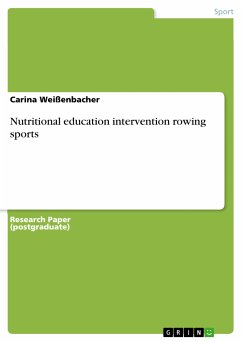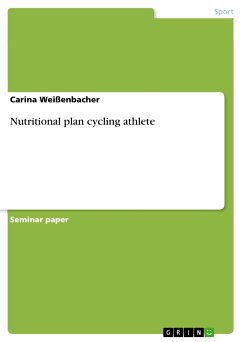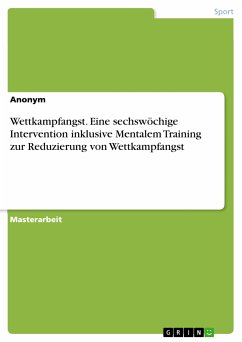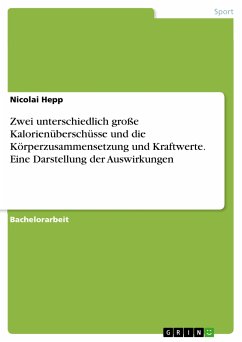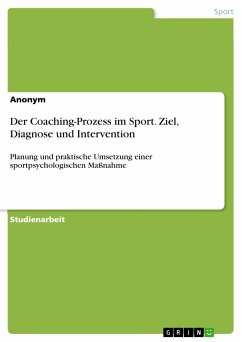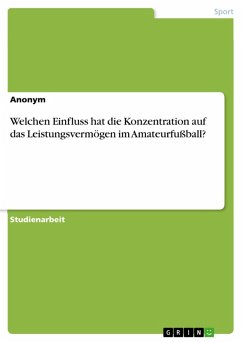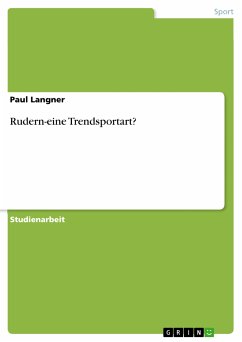Research Paper (postgraduate) from the year 2017 in the subject Sport - Sport Medicine, Therapy, Nutrition, grade: 2,4, HAN University of Applied Sciences (Gymnasium of sports), course: Sports and nutrition, language: English, abstract: The standard rowing race distance, as determined by FISA, is 2,000 meters. This distance applies to every major rowing event in the world, including the World Rowing Championships, Rowing World Cup, Olympic Summer Games, relevant qualifications or regional races. Aerobic and anaerobic calculations show that 70 to 75% of the energy necessary to row the standard 2000m distance for men is derived from aerobiosis while the remaining 25 to 30% is anaerobic. In trained rowers, the density of mitochondria is high in both ST and FT fibers. The sport exercises all the major muscle groups. Is required a strong core balance, flexibility, cardiovascular endurance and physical strength, because the more powerful the rower is, the longer the stroke can be. In elite level rowers, there is an optimal level of muscular strength associated with success. High-performance rowers tend to be tall and muscular. Several studies suggest that the Type I percentage is about 70% compared to 40-50% in the population at large. The more successful rowers have an even higher Type I composition. In internationally successful rowers, the percentage has been measured as high as 85%. In addition, muscle capillary density is twice as high in successful rowers as untrained.
Dieser Download kann aus rechtlichen Gründen nur mit Rechnungsadresse in A, B, BG, CY, CZ, D, DK, EW, E, FIN, F, GR, HR, H, IRL, I, LT, L, LR, M, NL, PL, P, R, S, SLO, SK ausgeliefert werden.

